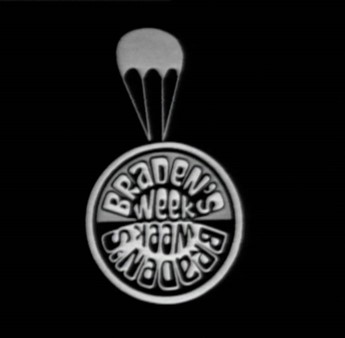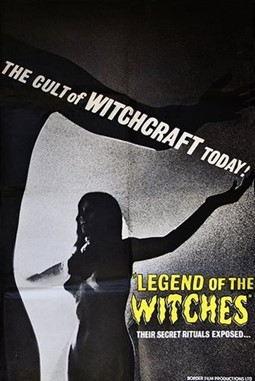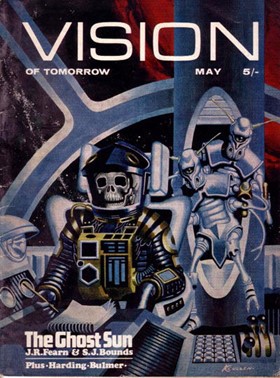
By Mx Kris Vyas-Myall
There has been a steady rise in complaints about the state of current TV in the liberal society. It is commonly held up as the cause of declining moral standards and a crude form of entertainment. The Times decided to look into this and had a team watch through and analyse the 284 hours of television in the first week of April. Of these almost 60% of them contained no hint of violence, vulgarity or sexual content.
Looking at the violent content 19 of the hours are from the news, documentary or sport. And others include such broad definitions as children’s fairy tale containing a threat of “losing your head”. Among the remaining violent content, it is predominantly American films and television, in particular Westerns. If the Western was the cause of growing societal violence, it would be declining from its domination of large and small screens.

Jackanory, source of violence?
On the other-hand vulgarity tends to come from British comedies in later evening and these are on the milder side of expletives. It tries to make headlines out of 47 uses of the word “bloody” in one week, but this is skewed by the fact that Braden’s Week ran an episode discussing if the word was still offensive.

Braden’s Week: Too vulgar for TV?
Finally, nudity and sexual content is barely present. There are a couple of bedroom scenes and double-entendres, but full nudity or sexual acts are absent. The closest is in a cigar commercial where a woman emerges from the sea in a wet t-shirt.

Are Manikin’s Cigars causing a breakdown of Britain’s morals?
If that is the case, then where should we look for the riding tide of sex and violence? One MP has a theory, witchcraft! Gwilym Roberts MP has been calling on the Home Secretary to introduce legislation against anyone who claims to practice witchcraft as it leads to drugs and blackmail. This will certainly be news to most of the witches I know.

Malcolm Leigh’s recent “documentary”
Whatever the cause, the panic over the current changes in society continues apace. It also seems highly present in the short SF of Britain, as its sole surviving magazine is certainly not limiting their bloodshed:
Vision of Tomorrow #8

Cover illustration by Kevin Cullen
Continue reading [April 28, 1970] A Strange Case of Vulgarity & Violence (Vision of Tomorrow #8)

![[April 28, 1970] A Strange Case of Vulgarity & Violence (<i>Vision of Tomorrow</i> #8)](https://galacticjourney.org/wp-content/uploads/2025/04/VoT5-1-280x372.jpg)